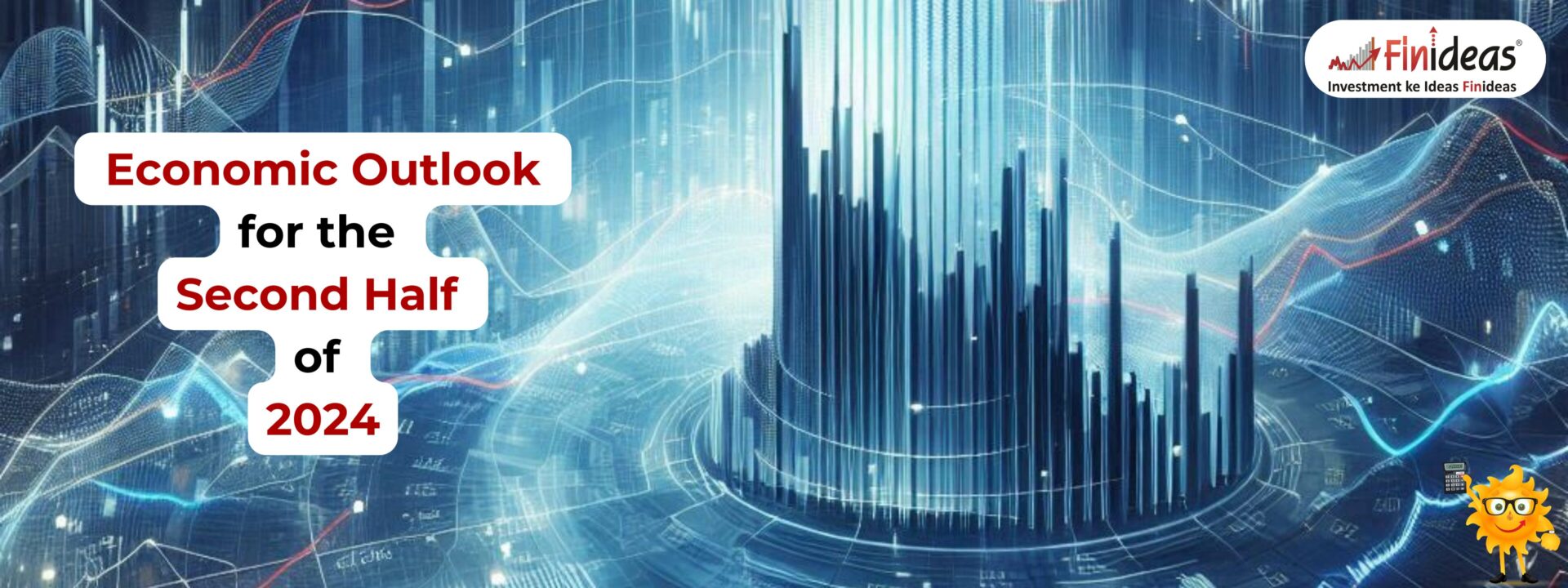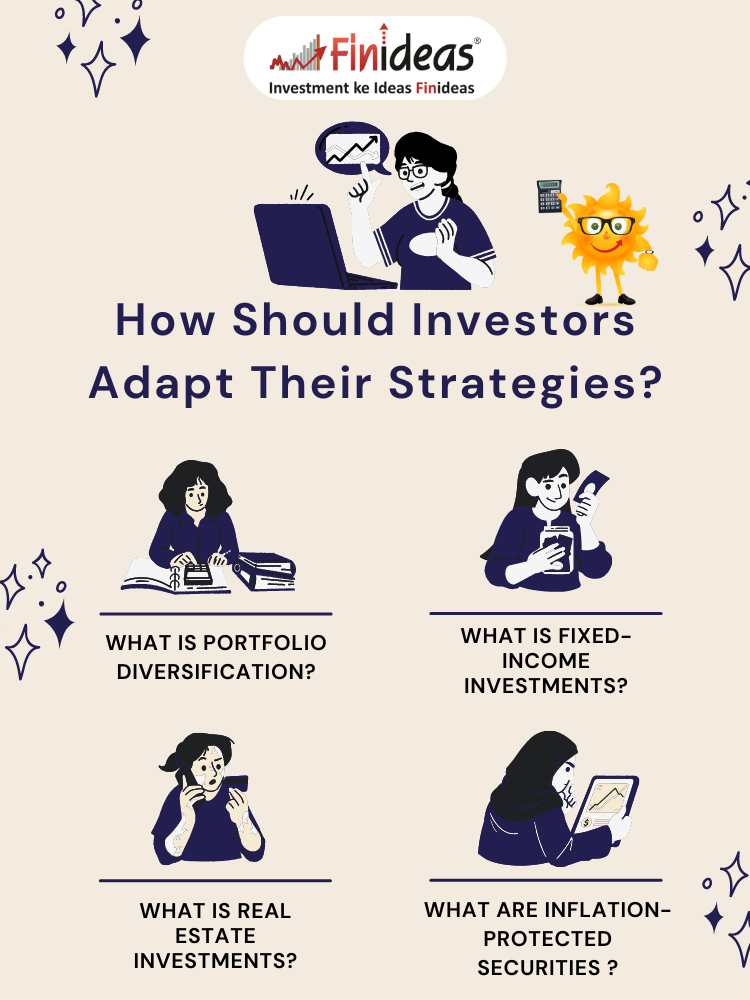Economic Outlook for the Second Half of 2024
As we move into the latter half of 2024, understanding the economic landscape and how various factors may influence financial decisions is crucial. This analysis covers current economic indicators, predictions, and the impact of interest rates and inflation on investment strategies.
What Are the Key Economic Indicators for the Second Half of 2024?
What is GDP Growth?
Projections suggest moderate GDP growth, driven by technology, healthcare, and renewable energy sectors. However, geopolitical tensions and supply chain disruptions could pose risks.
What are Employment Trends?
Unemployment rates are declining, with job creation in high-tech industries and the service sector. However, there are concerns about wage growth keeping pace with inflation.
Consumer Confidence
Consumer confidence is stable due to steady employment and wage increases, though rising living costs and interest rates could dampen this sentiment.
How Are Interest Rates Shaping the Economic Landscape?
What are Federal Reserve Policies?
The Federal Reserve has implemented a series of interest rate hikes to curb inflation, raising borrowing costs and potentially affecting consumer spending and business investments.
What is the Impact on Borrowing and Spending?
Higher interest rates increase borrowing costs, leading to reduced spending on big-ticket items and possibly slowing down business expansions.
What Is the Current Inflation Scenario?
What are Inflation Trends?
Inflation remains a significant concern in 2024, driven by supply chain issues, high energy prices, and increased consumer demand. Central banks are balancing inflation control with sustaining economic growth.
What is the Impact on Purchasing Power?
Rising inflation erodes purchasing power, leading to potential cutbacks in consumer spending, which can impact retail and hospitality sectors.
How Should Investors Adapt Their Strategies?
What is Portfolio Diversification?
Diversifying investments is crucial. Including a mix of stocks, bonds, real estate, and commodities can mitigate risks. Emphasize sectors resilient to economic fluctuations like technology and healthcare.
What is Fixed-Income Investments?
With rising interest rates, short-term bonds or bond funds may be more attractive than long-term bonds, which could lose value if rates continue to rise.
What is Real Estate Investments?
Real estate is valuable but sensitive to interest rate changes. Consider the impact of higher mortgage rates on property values and rental yields.
What are Inflation-Protected Securities?
Inflation-protected securities, like Treasury Inflation-Protected Securities (TIPS), can hedge against rising inflation by adjusting their principal value in line with inflation.
What Are the Predictions for the Coming Months?
What is the Economic Growth Outlook?
Economists predict moderate growth, with potential headwinds from geopolitical instability and policy changes. The overall sentiment is cautiously optimistic, provided that inflation is controlled and supply chain issues are resolved.
What is Market Volatility?
Market volatility is expected to persist, driven by fluctuating economic data and geopolitical developments. Investors should prepare for potential market swings and adopt resilient strategies. For being able to survive market volatility one must know about Index Long Term Strategy.
Understanding and adapting to the economic outlook is essential for making informed investment decisions. By staying abreast of economic indicators, interest rate trends, and inflationary pressures, investors can navigate the challenges and opportunities of the second half of 2024.
What are your thoughts on the economic outlook for the second half of 2024? Share your insights and predictions in the comments below!
Happy Investing!
This article is for education purpose only. Kindly consult with your financial advisor before doing any kind of investment..


